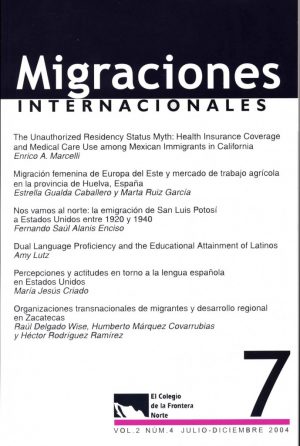
Informed by recent developments in the behavioral model of medical care use and social epidemiology, this article employs survey data to estimate whether unauthorized residency status among non-elderly Mexican and other-Latino immigrant adults in California influenced the probability of having had health insurance and having received medical care. Unauthorized residency status is estimated to have decreased the probability of having been insured, and augmented the probability of having relied on public health insurance. However, after controlling for other individual characteristics, neighborhood context, and social capital, neither insurance nor residency status appears to have influenced whether a person obtained needed medical care. Rather, neighborhood context, difficulty locating a medical care facility, and civic engagement appear to be more important for understanding use of medical services.RESUMENTomando en cuenta los avances recientes en el modelo conductual del uso de asistencia médica y la epidemiología social, este artículo utiliza datos de encuestas para estimar si el estatus de residencia no autorizada entre los mexicanos que todavía no llegan a la vejez y otros inmigrantes latinos en California influyó en la probabilidad de que tuvieran seguro de salud y recibieran asistencia médica. Se estima que el estatus de residencia no autorizada ha disminuido la probabilidad de que estuvieran asegurados y, a su vez, ha aumentado la de que recurrieran al seguro de salud pública. Sin embargo, después de controlar otras características individuales, el contexto de vecindad y el capital social, ni el seguro ni el estatus de residencia parecen haber influido en que una persona obtuviera la asistencia médica necesaria. Finalmente, el contexto de vecindad, la dificultad para encontrar un lugar de asistencia médica y el compromiso cívico parecieran ser más importantes para comprender el uso de los servicios médicos.

También puede {advancedSearchLink} para este artículo.